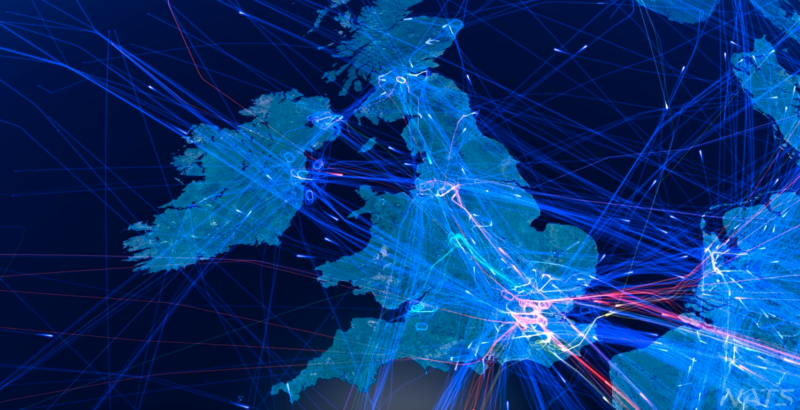There is no doubt in my mind that flying has overwhelmingly been a force for good over the past 120 years. It has helped create a global community, fostered an appreciation for other people and places and opened up international trade in a way never thought possible.
And yet the truth is, even as the industry roars back after Covid, we are today facing a truly existential crisis in the form of climate change and our contribution to it.
Last week, I was at the Wings India event in Hyderabad alongside other sustainability leaders from across aviation. My message was that this must be a decade of action on climate change for our industry.
I believe there are two drivers for this. The moral one says that decarbonising aviation is the right thing to do, and the business one that tells us we must act if flying is to remain a form of transport people will continue to choose and enjoy in the long term.
Now that is not to say that progress isn’t being made.

The industry is quite rightly pushing hard on new technologies, most notably Sustainable Aviation Fuels (SAF), hydrogen/electric aircraft and fleet renewal. Great strides are being made with airlines ordering record volumes of new fleet, but production will only be able to release these into operation at a gradual pace. In terms of SAF, NATS was delighted to support Virgin’s world first transatlantic SAF flight last year, but the reality is we are still a long way from scalability. At the current rate, we’re talking the mid 2030s or even the 2040s before any of these technologies can make a significant impact.
I believe 2040 will be too late, both for the planet and the on-going viability of our industry. What then can be done today in the face of such an enormous challenge?
If the technology required for the aviation industry to meet the net zero targets will take a number of years to realise, it is vital that ATM does all we can to support aviation by using existing techniques, technologies and changes to airspace, to improve emissions especially in the short term. Deploying known techniques and technologies that improve the efficiency of air traffic operations, coupled with the modernisation of airspace designs around the world could cut aviation’s greenhouse gas emission by 5-6%.
Is that enough? Of course not, but it is a start and it is action that we can take with existing technologies and concepts.

In 2021 NATS delivered Free Route Airspace across Scotland and northern England, saving the equivalent CO2 generated by 3,500 households every single year. Elsewhere, tools like Intelligent Approach and concepts such as cross border arrivals management and Target Time of Arrival are helping to optimise airspace management and airport arrivals, minimising the amount of time aircraft spend in low level holding stacks. Since we introduced the Intelligent Approach for Heathrow, it’s saved 115,000 tonnes of CO2 a year and cut wind related flow management delays by 62%. It’s since gone live at Toronto and Schiphol.
These are the kinds of things that can be implemented now, without any need for expensive ground-based infrastructure changes and they can make a real difference in the shorter term while those bigger revolutions come to maturity.

Bart D’Souza, from the UK High Commission and Christina Scott, UK Deputy High Commissioner to India with Alex Rickards, Ian Jopson, Manu Tandon from NATS, meeting with Mr Sanjeev Kumar, Chairman Airports Authority of India.
For NATS, our sustainability journey started back in 2008. We were the first air traffic service provider in the world to have financial incentives – and penalties – agreed around our environmental performance. That’s measured using a tool called 3Di – or Three Dimensional Insight – that calculates not just the efficiency of the routing of every aircraft in UK airspace, but also its climb and descent phases. We use 3Di to pinpoint hotspots in our airspace and remove inefficiencies wherever we can. This might mean making some procedural changes, or working with an individual airline to amend how they flight plan a particular route. In 2019 we made 3Di available to the rest of the industry and stand ready to work with anyone that’s interested in using it themselves.
And to those who say we should simply fly less, my answer is always the same; flying is not our enemy, carbon dioxide is. Reversing all the freedoms and benefits we’ve enjoyed for over 100 years doesn’t feel like the answer to me, but unless we take – and are seen to be taking – every possible action we can today, that may yet be the end result.
Comments
Please respect our commenting policy and guidelines when posting on this website.



